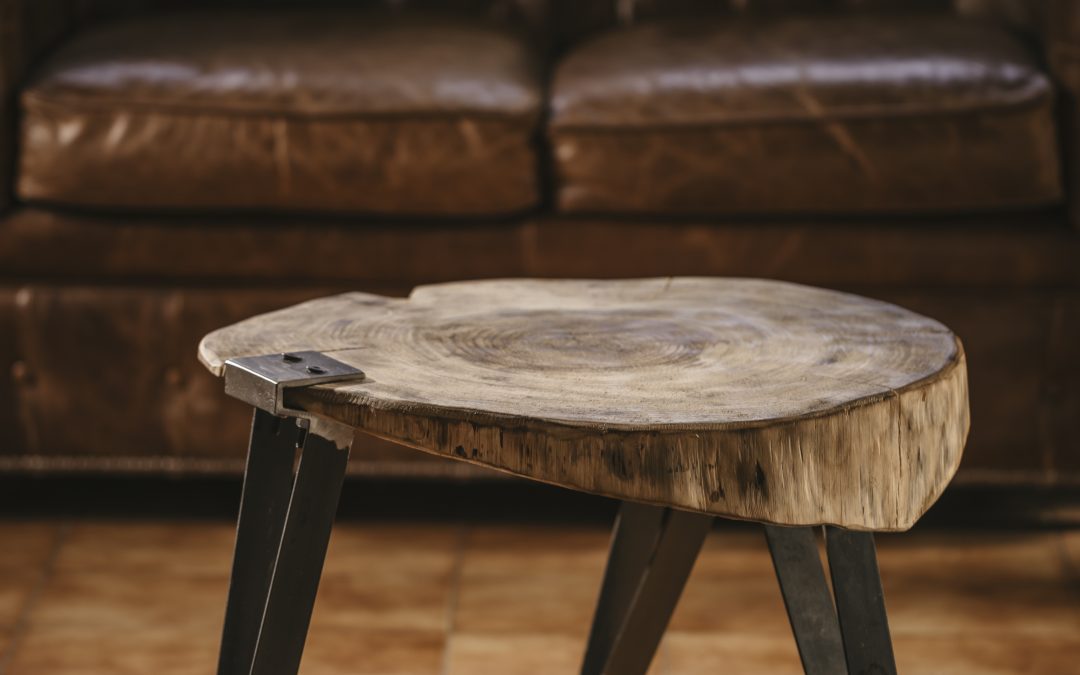And what if you set yourself apart from trends and start decorating your home with something truly original and unique? At tresde13, we like to follow our own path. If you take a look around our website, you'll quickly understand.
But first a question, how many identical coffee tables have you seen? I don't mean the same table, but the same design or concept. It always happens, someone has an idea, creates a piece, and the rest follow the same steps. The result? Everyone ends up with (more or less) the same table.
Let's not kid ourselves, a table serves a function and needs some basic elements, but nothing and no one forces us to always do the same thing.
The basic elements are simple, a more or less flat wooden or steel top and some legs to support it. From there... You can use pine wood, walnut, beech, or whatever you like best. Each wood has its own characteristics. I live near the Mediterranean Sea, so it won't surprise you that I use pine, as it is the wood I can most easily find. From my garden, to the forest in front of my house, or in the yard of my workshop, pine is always present. Its grain is beautiful and its malleability allows me to shape it as I imagine.
Recently, I was asked to make a table starting from a wafer of wood that a client found in a forest in the Basque Country. That piece of pine wood by itself had no 'value.' Whoever was working in the forest left it there for not finding 'commercial value' in it. But someone decided to give it a chance... and brought it to me.
The wood in question was 'badly cut.' There wasn't a single straight element to support it. On one end the thickness didn't exceed twenty millimeters and on the other it measured more than a hundred.
And that was the extent of the 'problems'... now came the time to enjoy. I decided to take advantage of the wood's shapes and immediately saw clearly that the thin part needed to be visually 'reinforced.' I made a kind of steel clamp that would act as a support for the table. The legs would be made of steel, that was clear from the beginning. Pine wood, being softer than oak or walnut, would allow me to work more comfortably.
And what about the other two legs? I don't know why, but from the beginning I imagined this table with three legs, not four like most. I cut a twenty-millimeter square tube, made some legs, attached them to the wood... but I didn't like it. It didn't fit with the rest. The steel support kept defining the design line and wouldn't let me move forward. Until I saw it. I had to continue along the same path as the support. I went back and dismantled the tube legs and cut the black steel handrails that had worked so well with the support
The three legs were going to define the design. There are many triangles, and most use the isosceles, which gives a visual harmony to the whole... but that wasn't going to be the case with this table. At first glance, someone might say that the table is 'crooked,' at least its legs. But if you take another look and see it from a different perspective, you'll see three elements. First, the pine wood. Wild, strong, and light-colored, treated with eco-friendly varnish. Second, the black steel support with its 'clamp' and two screws that provide 'security' to the design. And third, the other two legs, made of black steel, which form a set. With triangular shapes ending in a point, with a fine base at the vertex of the triangle to rest gently and lightly on the floor.

